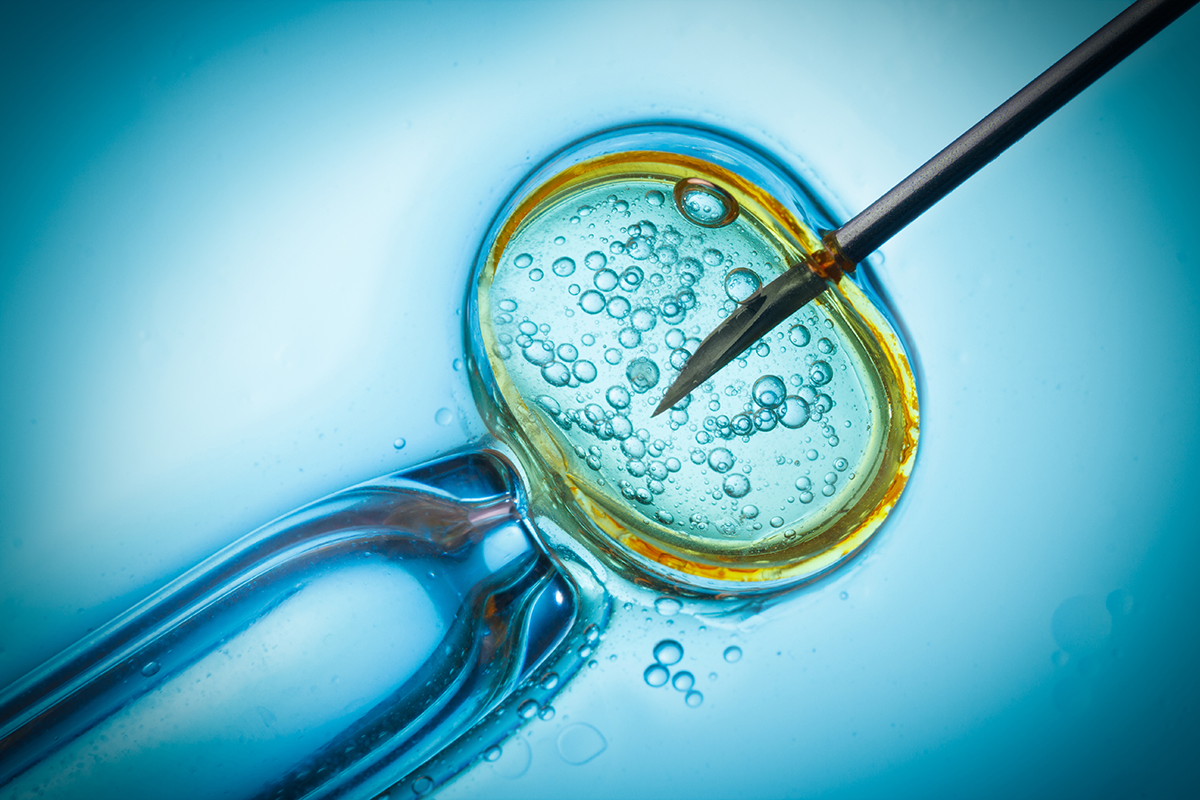Three Parent Babies
A U.S. physician named John Zhang has created a fertility startup based on the technology used to create three parent babies. The technique, “spindle nuclear transfer," is primarily geared towards older women who hope to get pregnant by transferring their DNA into a younger, healthier donor egg.
Originally, this technique was developed to prevent rare diseases caused by mitochondrial mutations passed down from parents to children. Replacing the mother's egg with a healthy donor egg, then simply injecting her nucleus into that egg, eliminates most of her mitochondria. Zhang says the technique is just as feasible to “rejuvenated” eggs for women who would be considered too old to conceive naturally. Zhang's company, Darwin Life, plans to offer the “infertility cure” to women ages 42 to 47, including those outside the U.S. where the procedure remains illegal.
Zhang is already confident the method works: in 2016, one of his patients successfully gave birth to a healthy baby after conceiving with this technique. The birth took place in Mexico.
Designer Babies, Older Parents
Not everyone sees Darwin Life's formation as a positive, citing the novelty of the technique and the many as yet unknowns inherent to the process. “This is a biologically extreme and risky procedure,” the executive director of Center for Genetics and Society, Marcy Darnovsky, told MIT Technology Review. “If you’re talking about using these techniques for age-related infertility, that’s really moving the human experimentation to a very large scale.”
Francis Crick Institute developmental biologist Robin Lovell-Badge calls Zhang’s move to commercialize the technology — which carries possible risks — “concerning.” Defective mitochondria can remain in the embryo due to unintentional transfer. In fact, that's what happened in Zhang's case that ended in the healthy (thus far) birth in April 2016. “I understand the desire of women to have children and to have genetically related children,” Lovell-Badge tells MIT Technology Review. “But the risk-benefit ratio is different. It’s a question of having no children or having a child that is suffering from a terrible disease. It’s not quite the same.”
Congressional concerns about “designer babies” have fueled the ban on even the consideration of research applications involving any type of genetically modified embryos by the U.S. Food and Drug Administration (FDA). Even so, the research is obviously still taking place, and techniques like Zhang's are being developed. Darwin Life will charge women $80,000 to $120,000 for the procedure; women who have a less than 4 percent chance of getting pregnant using IVF.
Zhang says in the future, the technique could be used to edit genes, allowing parents to select for (or against) hair or eye color — or even improve their children’s IQ. “Everything we do is a step toward designer babies,” Zhang said of Darwin Life in MIT Technology Review. “With nuclear transfer and gene editing together, you can really do anything you want.”
Share This Article
